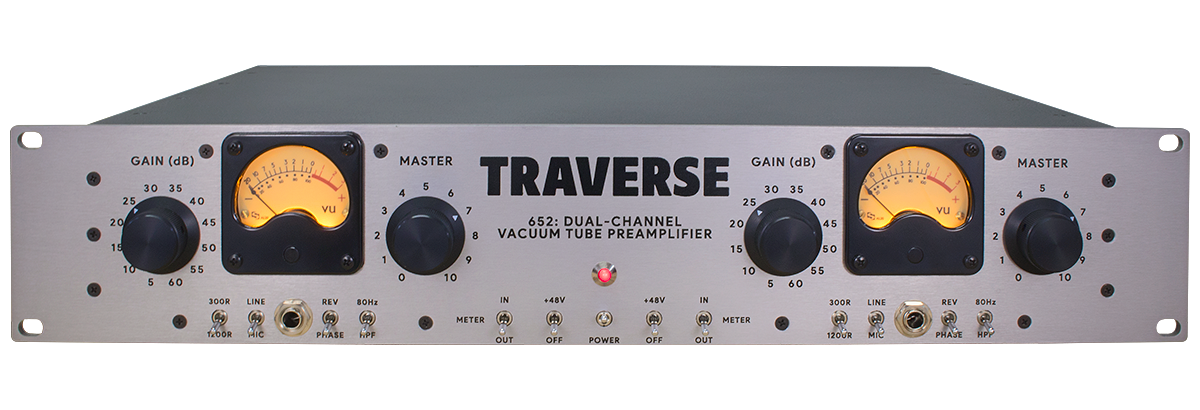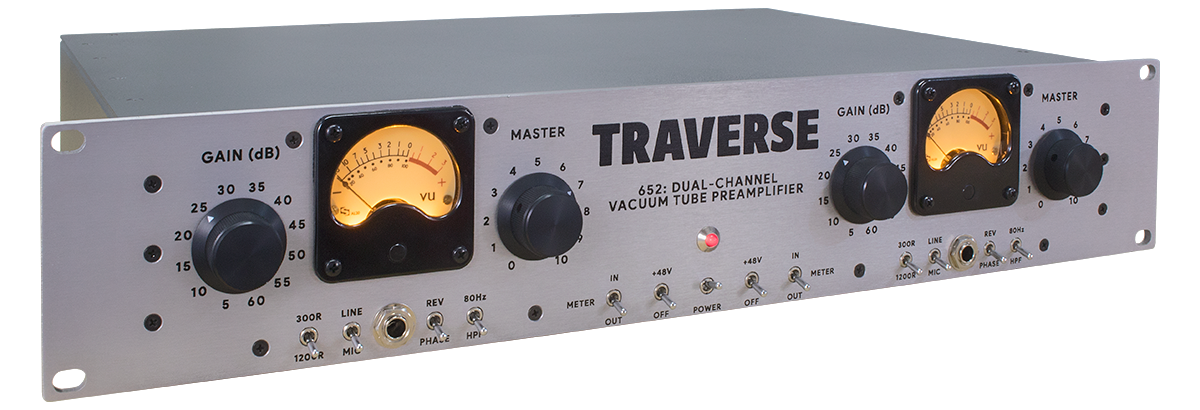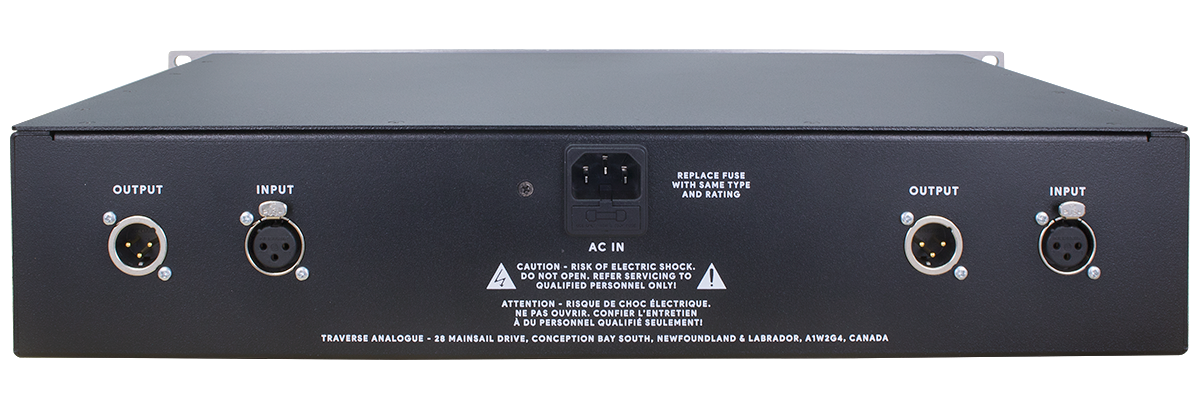Product omschrijving
Frequently Asked Questions
• What type of sound can I expect from the 652?
The 652 gives you the sound of tubes and transformers with a flat frequency response, incredibly low noise, with a smooth and silky top end. The unique circuitry gives the ability to vary the amount of harmonic content depending on the gain selection and input signal level. You can easily achieve that "vintage" tube sound without accepting the inferiorities of gear from days gone by.
• Does it include a pad?
Yes, the 652 has a 50 dB pad to switch the XLR input from "MIC" to "LINE" level, so it can be used on a mix buss, for warming up previously recorded tracks, and as a mastering tool for adding harmonics and subtle compression of signal peaks.
• Which input impedance setting should I use?
There are two choices for input impedance: 300R and 1200R. Most microphones will interface best in the 1200R setting. The 300R setting is a low input impedance and will give a slightly altered frequency response depending on the microphone’s source impedance in conjunction with the 652’s input transformer. It is recommended that you try both settings with each microphone to find the best sound for you.
• What makes the 652 different from other tube preamplifiers on the market?
Many manufacturers aim for low distortion at large output levels. The idea of the 652 is to take the sonic warmth of vintage vacuum tube preamplifiers (soft asymmetrical clipping and transformer saturation) and combine it with the best qualities of solid-state preamplifiers (low noise, wide gain-bandwidth product, low impedance output buffer) for getting that harmonically-rich character in a modern studio environment.
In fact, some manufacturers are now offering -6 dB or similar level outputs specifically so we can drive the preamplifier circuitry for more analogue character. Modern converters and audio interfaces can be driven into overload trying to achieve this sound. Therefore, the 652 was designed for both copious amounts asymmetrical tube clipping and transformer saturation at lower output levels.

 Product is toegevoegd aan uw winkelwagen
Product is toegevoegd aan uw winkelwagen





